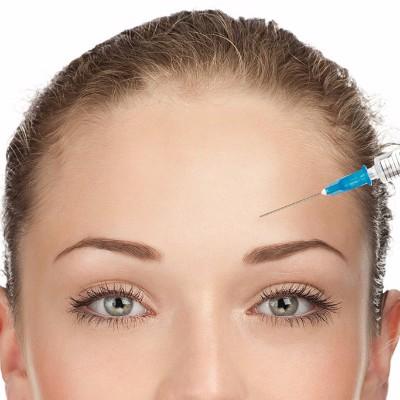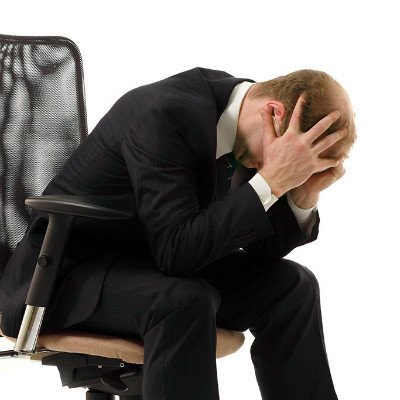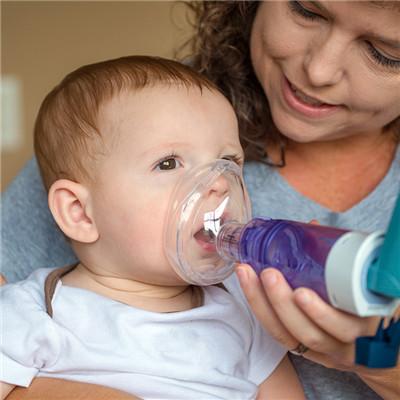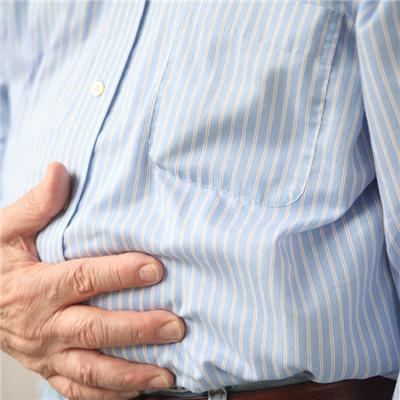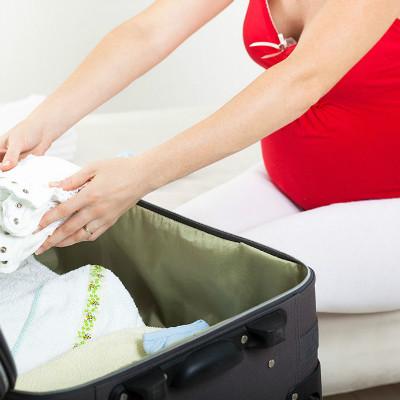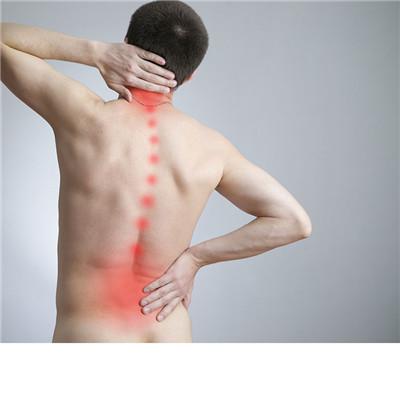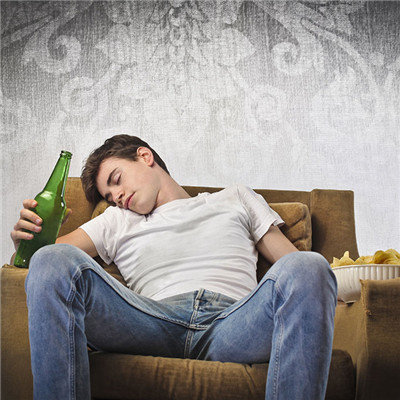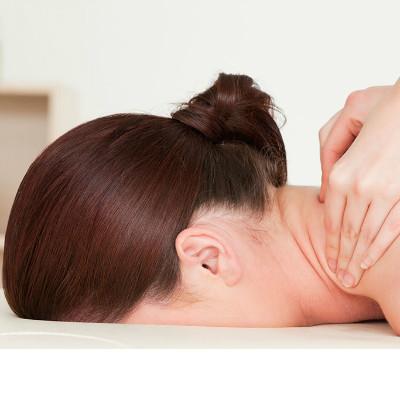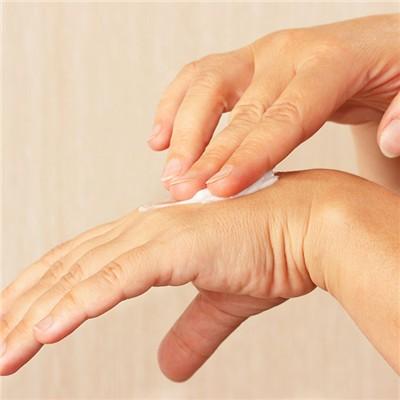Symptoms of Henoch Schonlein purpura
summary
Henoch Schonlein purpura is often overlooked. In fact, Henoch Schonlein purpura is not so simple, has seriously affected the normal life of patients. It is urgent to understand the specific manifestations of Henoch Schonlein purpura. So, the symptoms of Henoch Schonlein purpura? Let's talk about it
Symptoms of Henoch Schonlein purpura
Skin symptoms: symmetrical and unequal macular papuloid purpura mainly distributed near the great joints and buttocks of the lower limbs, mainly distributed in the extensor side and buttocks of the lower limbs, often symmetrical, with a few involving the face and trunk. Purpura can highlight the skin, with slight itching, initially bright red, then dark red, brown, also can show urticaria, angioneurotic edema, erythema multiforme, even ulcer necrosis and hemorrhagic bullae. The size of the rash varies, can be fused into pieces, appear in batches, can also be repeated, some can be accompanied by localized or diffuse edema, such as the head, face, eyelids and so on.
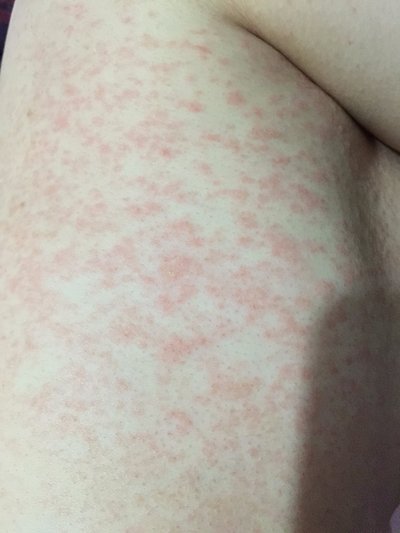
Digestive tract symptoms: about 2 / 3 of the patients can appear, due to bloody fluid infiltration into the intestinal wall, abdominal pain is often colic, mostly in the right lower abdomen and around the umbilicus, can also spread throughout the whole abdomen, but rarely appear abdominal muscle tension, can be accompanied by nausea, vomiting, bloody stool and mucoid stool, intestinal irregular peristalsis, can also lead to intussusception, which is common in children, such as abdominal symptoms without purpura It is often misdiagnosed as "acute abdomen". The abdominal symptomatic type is also called Henoch type. It is clinically called abdominal type.
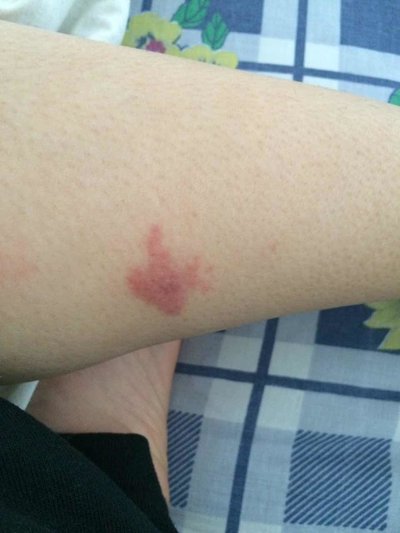
Joint symptoms: the joint may have slight pain to obvious redness, swelling, pain and movement disorder, may have single or multiple, wandering joint swelling and pain or arthritis, sometimes local tenderness, lesions often involve large joints, knee, ankle, elbow, wrist and other joints are common, can be wandering, often mistaken for "rheumatism". Mainly around the joint lesions, can be repeated attacks, but do not leave joint deformity.
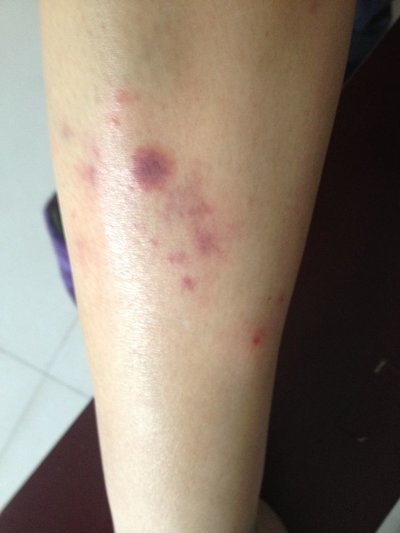
matters needing attention
Children's parents should keep the room clean and tidy, frequently change sheets, covers and pillowcases, dry the bedding, clean up the garbage in time, try not to keep pets, avoid children using allergic food, and see a doctor in time if abnormal symptoms are found.
